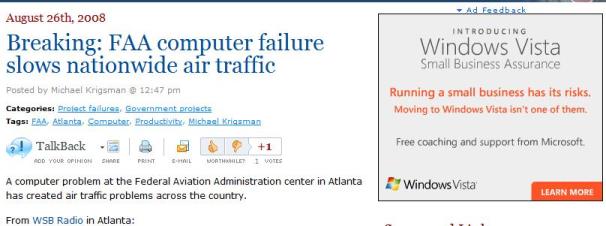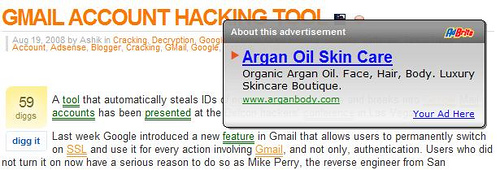Lots of talk today about how the SaaS market will ‘collapse’ in two years. I don’t get it: if it survived 40 years, why would it collapse now? Yes, that’s right, SaaS has been a successful model for 4 decades now. Need proof? Check out Technorati linking to my post on the NetSuite IPO 11119 days ago. That’s 38 and a half years, give and take a few weeks. 

Oh, well, that was the fun part, for real analysis check out my fellow Enterprise Irregulars:
Jason Corsello, Anshu Sharma, Vinnie Mirchandani, Bob Warfield, Josh Greenbaum.


 After all, those greedy Partners who stole this deal from their Limited Partners made a coupla millions each.
After all, those greedy Partners who stole this deal from their Limited Partners made a coupla millions each.



 Then there’s the issue of The Gadget. I believe the iPod at the first conference was just more-then-generous swag. The iPhones handed out at the second conference had an integral part at the event: several applications released specifically for Office 2.0 allowed participants to interact with each other, navigate the schedule and find sessions. This time all paid participants will receive a the HP 2133 Mini-Note PC.
Then there’s the issue of The Gadget. I believe the iPod at the first conference was just more-then-generous swag. The iPhones handed out at the second conference had an integral part at the event: several applications released specifically for Office 2.0 allowed participants to interact with each other, navigate the schedule and find sessions. This time all paid participants will receive a the HP 2133 Mini-Note PC.
 I’ve repeatedly praised Web-based Invoicing service
I’ve repeatedly praised Web-based Invoicing service 



Recent Comments